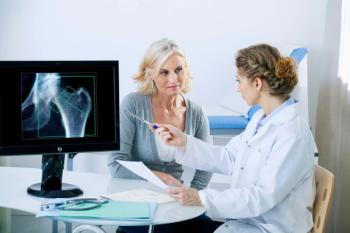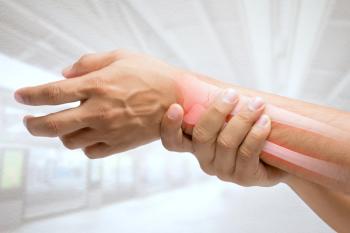
Soft drink consumption and osteoporotic fractures
A prospective study published in Menopause has found that postmenopausal women who consume the equivalent of more than two 12-oz servings of soft drinks per day are at a significantly higher risk of hip fracture than postmenopausal women who drink less than one serving a day.
A prospective
Findings
Using data from the
“Caffeine was previously considered a main driver of this association, but it did not have a differential effect as a component of some sodas in our study,” said principal investigator Pedro Kremer, MD, a researcher in public health at the
In addition, the cross-sectional study of 11.9 years of median follow-up for 72,342 postmenopausal women found no connection between soft drink consumption and hip or lumbar spine t scores.
Incidence of hip fracture among postmenopausal women in the highest consumption category (more than two servings a day) compared to the lowest consumption category (< 1 serving per day) was 1.26 (95% confidence interval [CI]: 1.01 to 1.56) for total soda and 1.32 (95% CI: 1.00 to 1.75) for caffeine-free soda.
There was initially no connection between caffeinated soda and incident hip fracture, but when only medically corroborated fractures were considered, the link became evident for this group as well (hazard ratio [HR] =â1.48; 95% CI: 1.00 to 2.26).
“One of the findings that surprised us is that we could not prove significant changes in bone mineral density (BMD) in association to different amounts of soda drinking,” Dr. Kremer told Contemporary OB/GYN. “This could be attributed to the type of analysis used to assess the effect that soda has on BMD. Also, the path between soda consumption and fractures may or may not be mediated by osteoporosis.”
The study did not control for added sugars in soft drinks; however, similar risks were observed for sweetened and diet soda in the
One limitation of the current study is its reliance on self-reported soda consumption earlier in the follow-up period, without repeated measures later on.
Conclusions
Based on study results, Dr. Kremer believes that drinking high quantities of soda should probably be added to the list of modifiable behaviors to prevent osteoporotic fractures, particularly in high-risk populations.
“To decrease the high amounts of soda drinking, we must empower individuals and families to be more informed and aware of potential harms associated to this habit,” said Dr. Kremer, a lead scientist at
Even though further research is needed, available information is likely enough to recommend moderation in the consumption of sodas, according to Dr. Kremer, who is interested in the impact that dietary behaviors have on individuals and communities. “The overall balance between the positive and negative effects of soda drinking seems to favor the negative side of the scale,” he said.
Disclosures:
Dr. Kremer reports no relevant financial disclosures.
Newsletter
Get the latest clinical updates, case studies, and expert commentary in obstetric and gynecologic care. Sign up now to stay informed.









